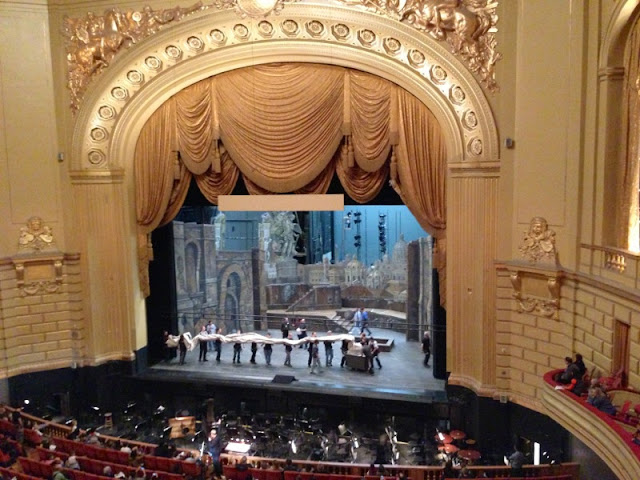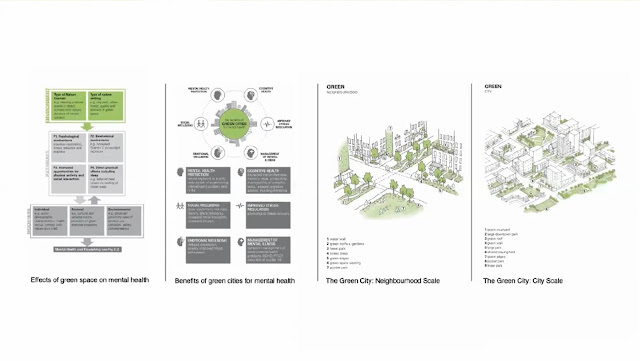Safeguarding : VR Player and environment design
How can virtual reality player safe space design data be captured and analysed ?
I am considering the many different ways in which safe player spaces could be designed in VR. I am thinking about how I might protect the player when viewing challenging, emotive story content.
While considering how and when I might apply various design devices when designing various white box model prototypes.
I am also beginning to research how and why I might set up effective data capture systems as part of the user research and analysis pro.
My primary concern is the sense of safety that players feel when encountering challenging emotive content to offer protection when viewing potentially distressing scenes, encountering objects that are indicative of the narrative and other player characters.
Focusing on players physical and emotional safety as a primary objective will help when designing prototypes that test the solutions applied. I will then be able to experiment with different environment and UI design as I flex the 4th wall and expand the Magic Circle, while capturing data for analysis.
My initial thoughts are that data could be captured from devices that monitor players heart and pulse rates during safe and fearful situations. These could indicate relaxed or to excited/fearful/anxious affects on the player. Other ways to capture data might by encouraging participants to articulate their response while in the experience. In addition, capturing gaze analysis, deploying structured or semi structured interviews and acquire participant questionnaires could also assist in data acquisition.
There may well be a raft of research that has already been conducted which I will need to read/view that focuses specifically on capturing a players emotional response when immersed in a VR Experience. There is also likely to be data that can be captured within Unity and other periphery devices I am not currently aware of.
I also need to continue researching the 4th Wall, magic circle theories in video game research. I read Douglas Browns thesis entitled game-playing-role: The suspension of disbelief in video games, during my MA Creative Application Development MA. This is one of the roots that is informing my initial thoughts on this enquiry.
Conducting this research will help to underpin the first stages of the project, and is the next step before setting up an experimental prototype model in Unity.

